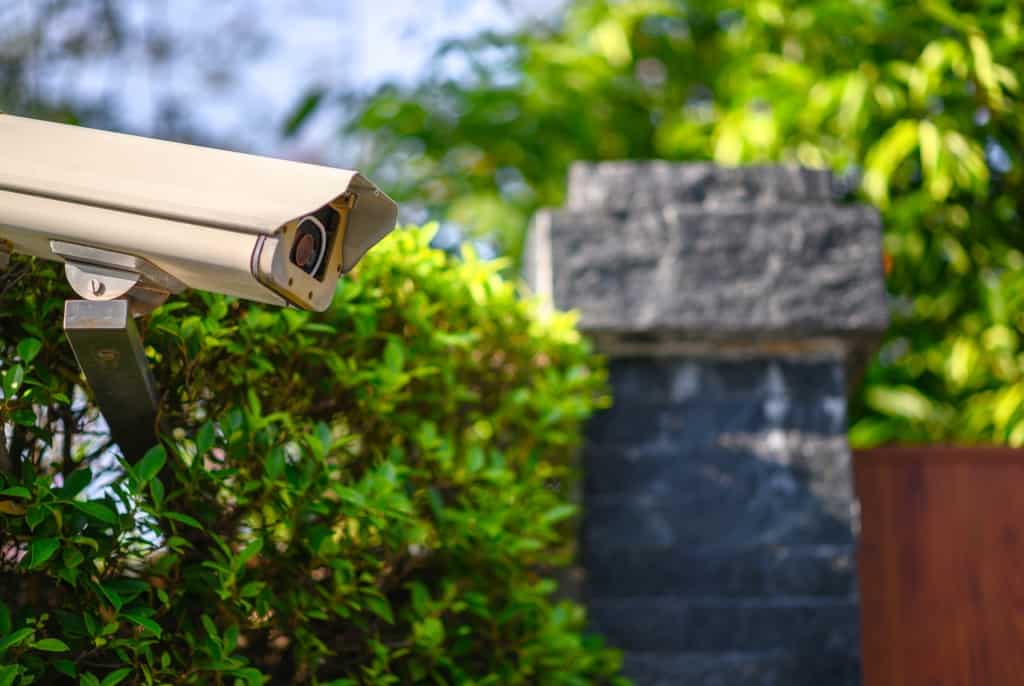Investing in a home surveillance system is one of the smartest steps you can take to protect your property, loved ones, and peace of mind. But with so many options on the market, choosing the right system can feel overwhelming. Whether you're a tech-savvy homeowner or a first-time buyer, here's everything you need to know when selecting the best surveillance system for your home.
1. Understand Your Security Needs
Before diving into specs and features, take a moment to evaluate what you truly need.
-
Assess your home's layout – Do you need cameras for indoors, outdoors, or both?
-
Determine high-risk areas – Entry points like front/back doors and garages are top priorities.
-
Decide on your security goals – Are you looking to deter crime, monitor deliveries, or check in on pets?
Having a clear objective helps you avoid overspending on unnecessary features.
2. Choose the Right Camera Type
There’s no one-size-fits-all solution when it comes to surveillance cameras. Popular options include:
-
Bullet cameras – Best for long-range views and outdoor use.
-
Dome cameras – Discreet, ideal for indoor monitoring.
-
PTZ (Pan-Tilt-Zoom) cameras – Allow real-time adjustments and zooming.
-
Wireless cameras – Easier to install, but may be prone to signal interference.
Each type serves a unique purpose. Consider your environment and desired coverage before picking.
3. Video Quality and Night Vision
Clarity is crucial. You want a system that captures useful footage, day or night.
-
Resolution – Opt for at least 1080p HD; 4K is even better for larger properties.
-
Frame rate – A higher frame rate (like 30fps) ensures smooth video playback.
-
Night vision capabilities – Infrared (IR) or color night vision can drastically improve nighttime visibility.
Crisp images make it easier to identify faces and license plates, which is key for police reports or evidence.
4. Storage Options: Cloud vs. Local
Where your footage gets stored is just as important as how it's captured.
-
Local storage – Includes SD cards or DVRs/NVRs; no monthly fees but limited capacity.
-
Cloud storage – Offers remote access and off-site safety; often requires a subscription.
The best systems provide hybrid options so you can choose what works for your budget and preferences.
5. Smart Features and Integration
Modern systems come loaded with smart technology that boosts convenience and security.
-
Mobile alerts and remote access – Get instant notifications and live views via an app.
-
Two-way audio – Communicate directly through your camera.
-
AI detection – Filters motion to avoid false alarms from pets or weather.
-
Integration with smart home systems – Look for compatibility with Alexa, Google Assistant, or Apple HomeKit.
These features can make managing your system seamless and enhance your overall security experience.
6. Reliability and Weather Resistance
Outdoor cameras must withstand the elements.
-
Weatherproof rating – Choose cameras with an IP65 or higher rating.
-
Operating temperature – Ensure it can handle your local climate, especially in extreme heat or cold.
-
Power source – Hardwired is more stable, but battery-powered units offer flexibility.
Dependability is non-negotiable in a security system—don’t compromise.
7. Scalability and Support
Think long-term. Your system should grow with your needs.
-
Expandable system – Can you add more cameras later?
-
Customer support and warranty – Choose a brand known for solid after-sales service.
You’re not just buying hardware—you’re investing in peace of mind.
Final Thoughts
Choosing the right surveillance system for your home is all about aligning features with your unique needs. By focusing on the essentials—like camera type, resolution, storage, and smart integration—you’ll create a setup that keeps your home safe and your mind at ease.
Ready to take the next step in home security? At CCTVImporters.com.au, we offer a curated selection of high-quality systems tailored to Australian homes. Reach out to our expert team today to find the perfect fit for your space.
FAQ: Home Surveillance Systems
1. How many cameras do I need for my home?
The number of cameras depends on your property size and the areas you want to monitor. Most homes benefit from 3–6 cameras: one for each entrance (front, back, side), garage, and potentially one indoors.
2. Are wireless surveillance systems reliable?
Yes, modern wireless systems are highly reliable when connected to a strong Wi-Fi network. However, they can experience interference in areas with weak signals, so ensure proper router placement or consider mesh networks.
3. Do surveillance cameras work in the dark?
Most quality systems come with infrared (IR) night vision or color night vision. These features allow the camera to capture clear images in complete darkness, often up to 30 meters or more.
4. Can I access my camera feed when I’m away from home?
Absolutely. Most systems today offer mobile apps or web access, allowing you to view live footage, receive alerts, and even communicate via two-way audio from anywhere in the world.
5. Are home surveillance systems legal in Australia?
Yes, it's legal to install surveillance cameras on your property. However, you must respect others' privacy—avoid recording public spaces or inside neighboring properties without consent.









